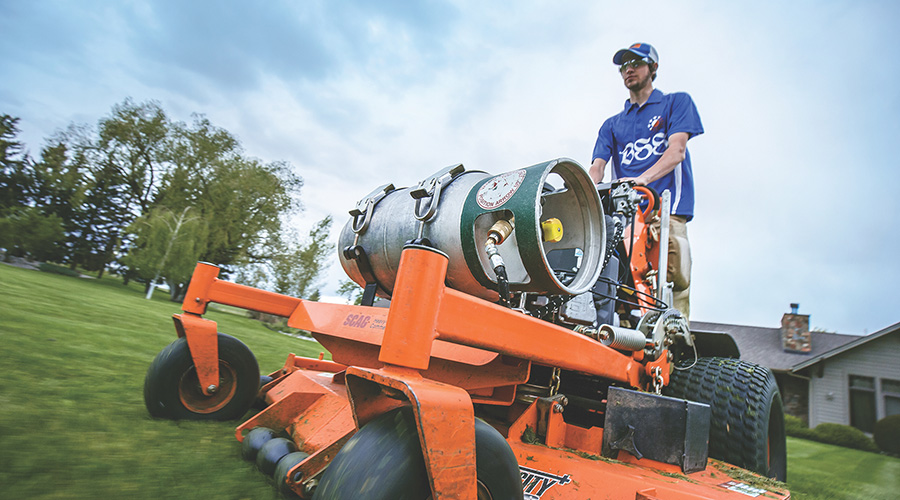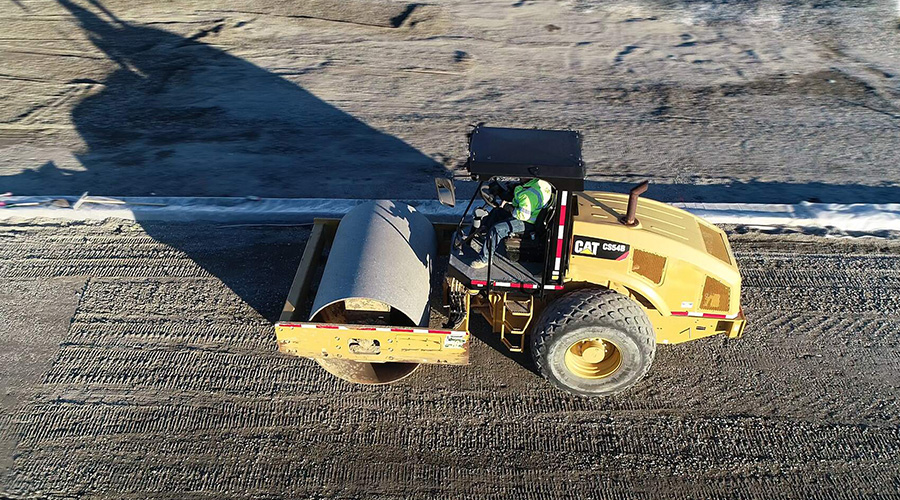Taming Winter Weather with Snow and Ice Management
Maintenance and grounds managers are responsible for ensuring institutional and commercial facilities remain open, functional, and productive. They, as well as facility operations, can not afford to be hindered by snow and ice each year.
The challenge for managers is creating a standard strategy for managing snow and ice from season to season. Many variables get in the way, including inconsistency in resources, inconsistency in weather patterns, and general challenges tied to the business and organizational environment. The sheer random nature of winter weather can cause major headaches for facilities affected and become a burden on budgets and time. To address these challenges, managers can implement a layer of best practices as part of annually reviewing, managing, and evaluating their departments' snow and ice procedures.
Operational Best Practices
One good first step is to develop a snow site-engineering plan. Creating a plan that can help identify snow-removal priorities is essential. For example, this plan defines areas of parking lots that operators of snow-removal equipment should clear first. The plan can be particularly helpful when responding to heavier storms or blizzards.
Spotlight: SIMA Resource
The Snow and Ice Management Association (SIMA) is offering a checklist that was developed by industry professionals for facilities managers, grounds managers, and service providers. It describes best practices for snow and ice management. This one-page checklist can help managers more objectively evaluate and improve their snow-removal programs, whether in-house staff or an contractor is performing the work.
The best practices checklist is free and available at www.sima.org/bestpractices. |
When identifying these areas, managers need to be sure to include items such as the location of fire hydrants, emergency exits, emergency egresses, and utility access points. The snow-site engineering plan also should identify locations operators can pile plowed snow, taking into consideration sight lines, handicap parking areas, and drainage locations.
A snow site-engineering plan also should identify:
- Bulk salt loading and storage areas. If the facility stores bulk salt, it should be located in a covered area on an impervious layer to prevent salt waste and runoff.
- On-site snow-relocation areas. When seeking such storage areas, managers need to avoid locating snow piles where they will create parking lot drifting or visibility issues and, instead, find designated areas where piles of snow will not create melting and re-freezing issues. When relocating snow to another area, managers also must be certain the areas have been approved by the necessary local or state agencies, being careful to avoid relocating the snow near sensitive waterways or water systems where increased salinity levels from salt could be an environmental concern.
- No-snow areas. Planning also should ensure equipment operators avoid blocking catch basins and manhole covers when moving snow, and they should pay particular attention to parking-deck drains where flooding can create extreme ice and load conditions.
Related Topics:














